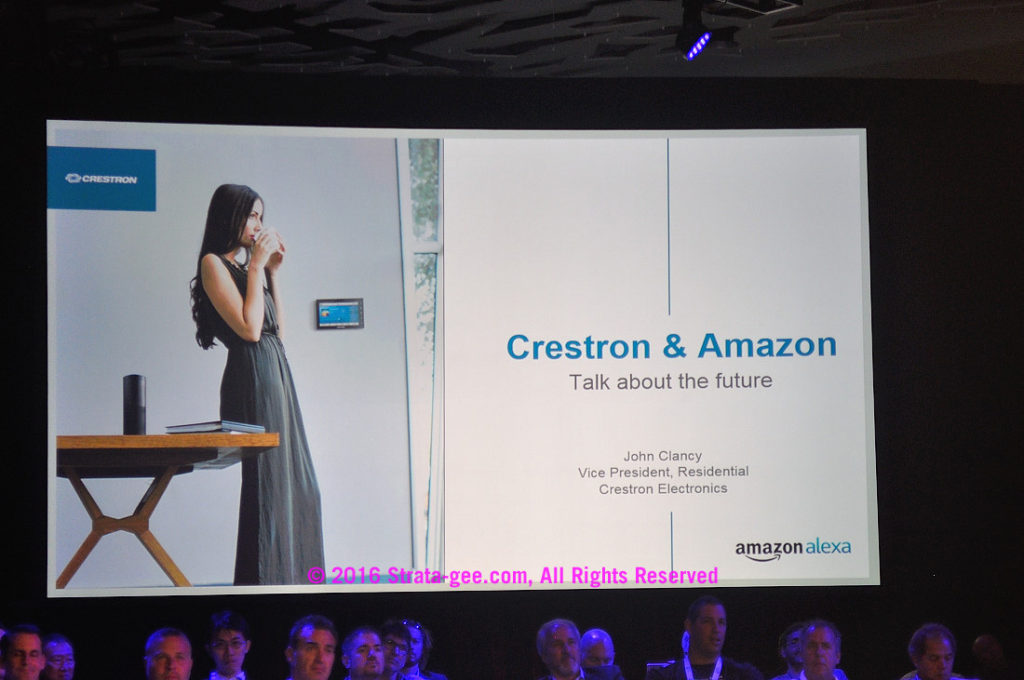 Crestron Embraces Sonos, Amazon, & Others
Crestron Embraces Sonos, Amazon, & Others
At CEDIA 2016, one of the top themes we identified was companies seeking more and better integrations with other companies’ technologies. In most cases, this expressed itself with companies seeking to have their product lines properly interface with the major control companies. But at CEDIA this year, Crestron took that concept to new heights and in a new direction with their enthusiastic embrace of newcomers to the CI channel…Sonos and Amazon Alexa.
See more on Crestron’s innovative integration solutions…
When we speak about “integrations” of this type, we are usually referring to a brand seeking or creating driver files that will allow their line to work with a major control company. In other cases, a brand will publish an open application programming interface (commonly referred to as an API) code that will allow products to work with its system.
This is a concept that has existed for years in our industry…but seems to be picking up momentum as manufacturers have come to realize that the more seamlessly our products work together, the more popular all of our solutions can become to consumers.
Exploding Number of Partnerships
 As a result of this realization, we are seeing the number of companies pursuing these types of partnerships explode. But perhaps the most glaring example of this concept at the show last week was Crestron. Crestron products were shown in no fewer than 15 different booths of different brands at last week’s CEDIA 2016. Each of those booths were an “integration partner” of some sort.
As a result of this realization, we are seeing the number of companies pursuing these types of partnerships explode. But perhaps the most glaring example of this concept at the show last week was Crestron. Crestron products were shown in no fewer than 15 different booths of different brands at last week’s CEDIA 2016. Each of those booths were an “integration partner” of some sort.
The quantity of Crestron’s new integration partners was impressive. But we also noted that Crestron, a high-end solution to be sure, chose a couple of low-brow integration partners – Sonos and Amazon Alexa. And not only are these brands typically considered low-end solutions, but they also are viewed as largely do-it-yourself solutions. So what gives?
Sonos’ Seat at the Table
In the case of Sonos, the brand has earned a seat at the table by creating a tremendous amount of consumer demand for their multi-room music systems that work simply with app control – and in a way that fits in nicely with the changing consumer lifestyle. While initially many integrators refused to work with Sonos, eventually, consumer demand forced many of them to change their thinking and begin installing Sonos to better meet their clients’ desires.
At this CEDIA, Crestron deeply embraced Sonos – to a surprising degree for some in the industry. But Crestron was hardly the only control company to pursue Sonos integration – Savant, Control4, Lutron, iPort and others were right there with them. Crestron, however, had an interesting edge.
What Integrators are Telling Crestron
In an interview at CEDIA with John Clancy, Crestron’s Vice President of Residential, we first asked – what are integrators saying to you about these integrations with Sonos and Amazon Alexa?
“We’ve received extremely positive feedback,” Clancy told us. “People like the integration partners we’re working with.”
And in what we can only assume is a company strategy, Clancy told us how the company is pursuing these integration partnerships aggressively.
“Check out the Crestron specific displays,” Clancy told us, suggesting that the demo will tell the story of the uniqueness of the Crestron implementation.
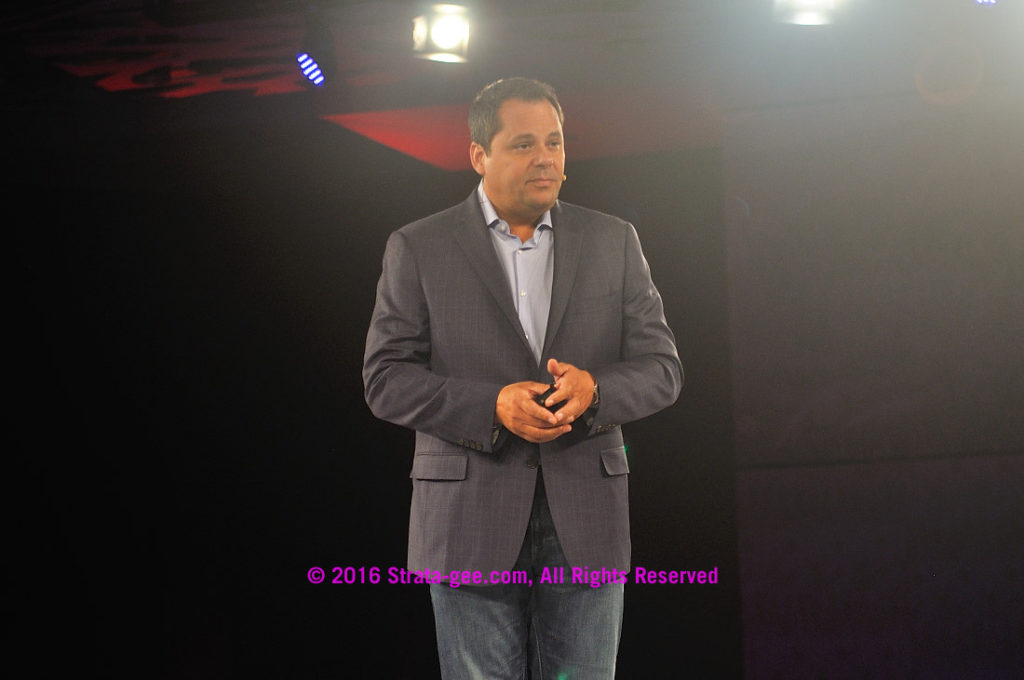
Going a Step Further for a Better Integration
So what is Crestron’s edge, in the midst of a large pack of other control companies that also integrate with Sonos? Clancey explained to us that most of Sonos’ other integration partners were utilizing a Sonos-created API. This API covered some simple functions of Sonos, and offered a similar and consistent look and feel among these other brands.
The functions that the Sonos API brought into all of the other control brands include: what’s currently playing (including the album art), basic transport functions (next track, pause/play, etc.), and access to your Sonos “Favorites” list.
While Others Take Baby Steps – Crestron Takes a Giant Step
But Crestron went a step further. And according to what a few integrators told us about their approach – this is a giant step forward. The Sonos API is excellent, Clancy told us, but “restricted.” So in Crestron’s system, the full Sonos app can be opened on select models of their touchscreens – giving the Crestron end-user full control of the Sonos interface.
“Now for a lot of people, 80% of the time or so [the regular Sonos API] may be fine,” Clancy suggested. “But if you want to go search for an artist, or create a playlist, or create a new station within Pandora, or something like that – then you are required to use the app. The fact that you can launch the app on the [Crestron] touchscreen, we think is very powerful.”
Integrator: A Potential Game Changer
One integrator we spoke with told us Crestron’s integration with Sonos is a potential “game changer.” But a Savant rep told us that the Crestron solution is “klunky” and you have to “leave their environment” to launch the Sonos app. On the other hand, Savant (and presumably, others) had a free hand to implement the Sonos API into their systems in a more elegant manner. [The Savant rep requested anonymity as he was not authorized to discuss competitive issues with the media.]
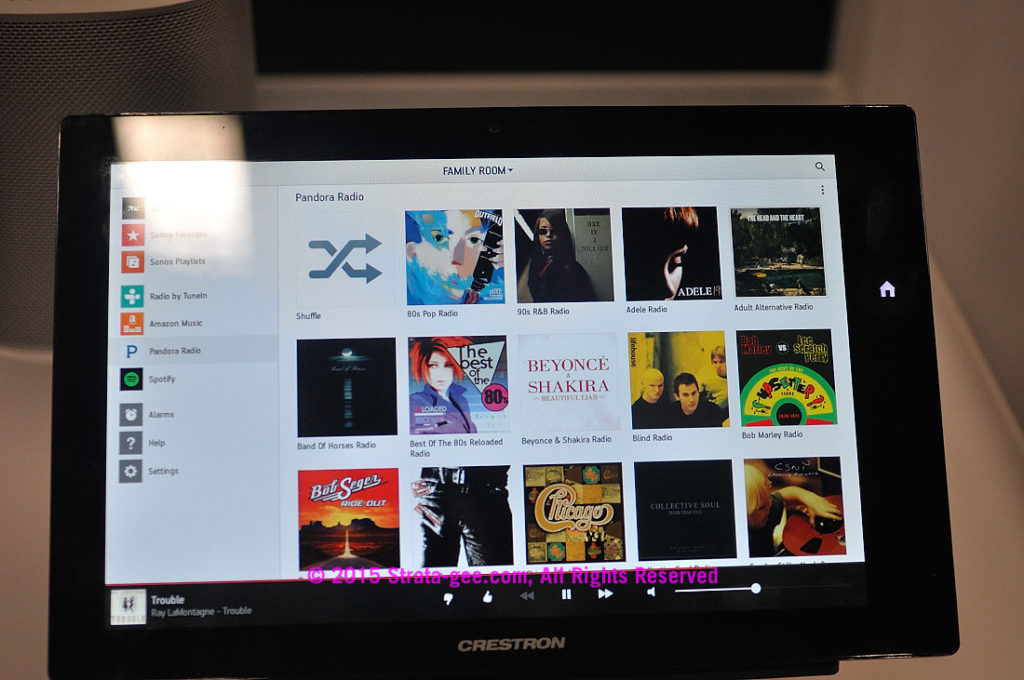
Right now, Crestron has three touchscreens that can run the Sonos app. Considering the company offers somewhere between 15-20 touchscreens, this seems somewhat limited. But Clancy assured us that this number will expand rapidly as they test the concept on more of their touchscreens.
“It could end up somewhere closer to between 5-10 existing touchscreens” that will run the Sonos app, the Crestron VP told us. And of course, future models will be sure to work with the Sonos app. It basically depends on the amount of processing power and whether the touchscreen has Android on-board.
Alexa: Talk to Me
Another major theme we drew from CEDIA 2016 us the emergence, and subsequent industry embrace of voice control. Interestingly, many integrators expressed concern about this trend – suggesting simple to install and use voice control could impact their businesses in a negative way.
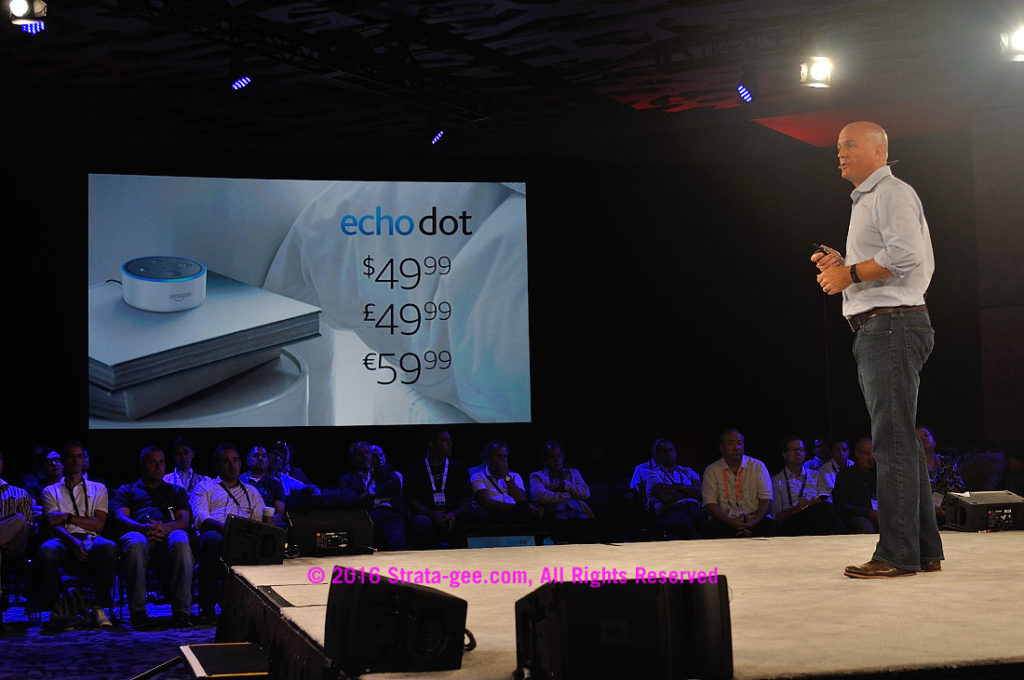
However, once again we saw major companies line up to fully integrate with the king of voice control – Amazon Alexa. Clearly, many in the industry are thinking that voice control is the next big thing in custom integration. And when it comes to voice control – no one has done a better job than Amazon in pursuing a superior voice control system.
So Many Advantages
Crestron is also enthusiastically embracing integration with Alexa. Clancy pointed out that Alexa has so many superior advantages as compared with Siri and other voice control systems. These advantages include its amazing far-field performance…and most importantly, the fact that it is always on – “always listening.”
To work with Alexa, companies are developing what is known as “skills,” which are basically commands that are issued verbally, and the associated system executions that respond to that command. Multiple companies are developing new skills for the Alexa system every day.
“There are two types of skills,” Clancy told us. “There is the standard ‘smart home skills,’ which kind of everyone is using – and you don’t have to name the system you’re integrating to. You can simply say, ‘Alexa, put the house into night mode,’ or ‘turn on the living room lights,’ or ‘increase the temperature by two degrees.'”
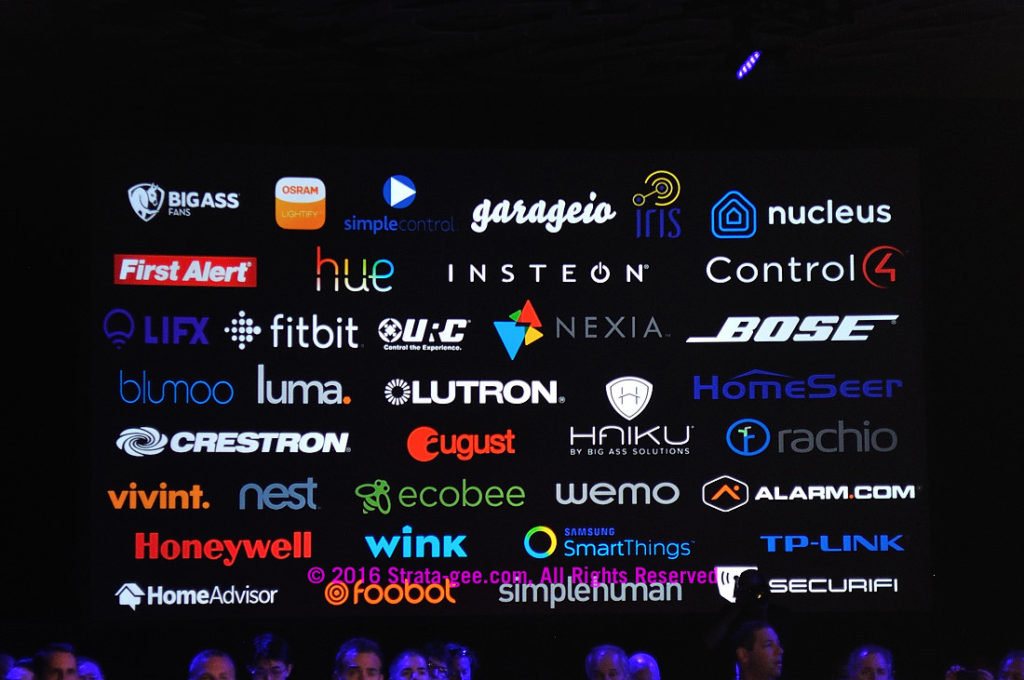
Custom Skills for More Natural Human Interaction
But, Clancy says, there’s only about 15 or 20 of those right now. Creston has developed a set of custom skills, that address the system more intuitively. The difference between the standard skills everyone is using, and the Crestron-only custom skills are remarkable.
For example, a Crestron system owner with an Amazon Echo could say, “I’d like to read,” and the system will do whatever it takes to adjust the environment. That could be to raise the motorized blinds if it is sunny outside. Or rather, turn on the lights if it is dark outside. The system will take the user’s comment and analyze the time of day, the position of the sun, and make the appropriate system adjustment – all internally and completely invisible to the end-user.
But…There’s a Catch
There is no question that Crestron understands how users want to interact with their systems. But…there is a catch. In order to use a custom skill, the end-user has to add to the voice command by saying: “Alexa, tell Crestron that I’d like to read.”
This to us, seems a little unnatural. Clancy says it is a nuance that they hope to be able to address over time. Even Amazon, he says, realizes this situation is not optimal. “These direct commands are not the way people like to speak,” Clancy said.
Where this evolving situation takes us is yet to be determined. But clearly, with so many major brands pursuing these integrations with companies like Sonos and Amazon, the industry is plunging headlong on its way…
To learn more about Crestron, visit: www.crestron.com.
To see Sonos’ solutions, see: www.sonos.com.
And finally, learn all about Amazon’s Alexa Smart Home by clicking here…





Leave a Reply